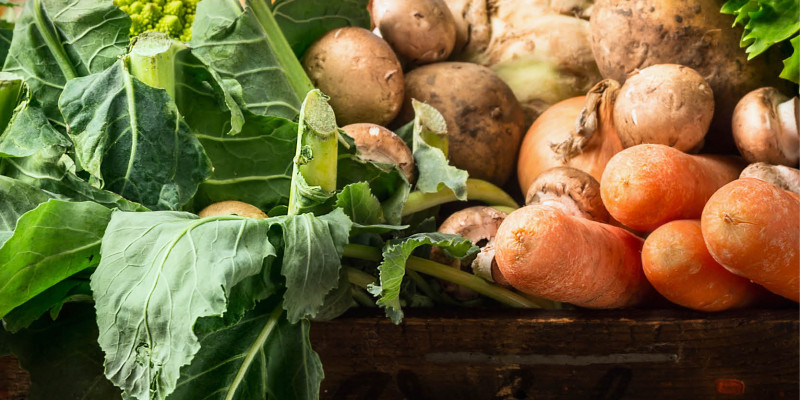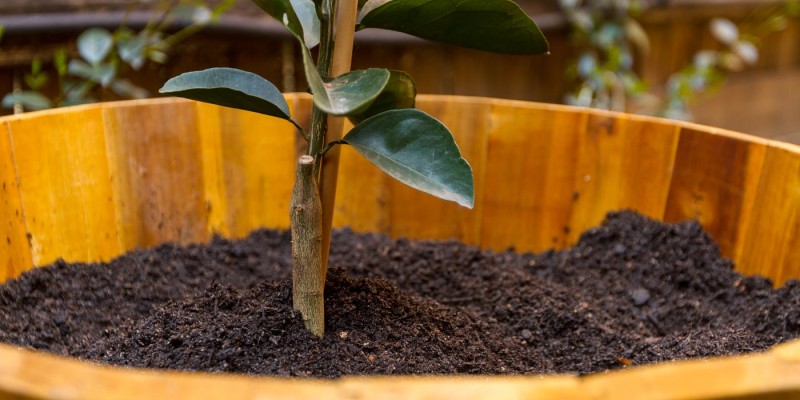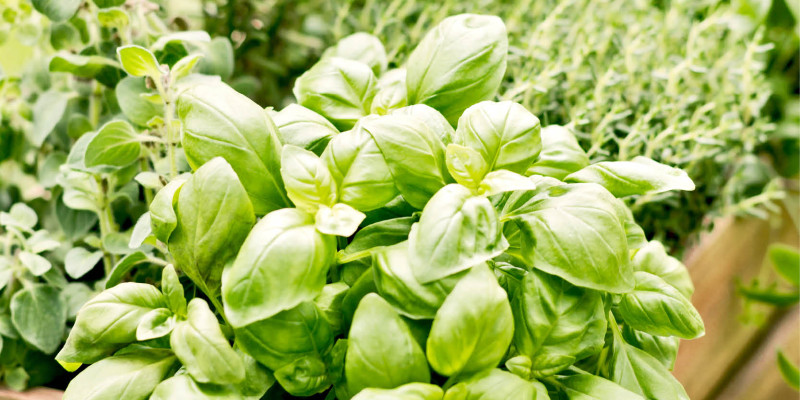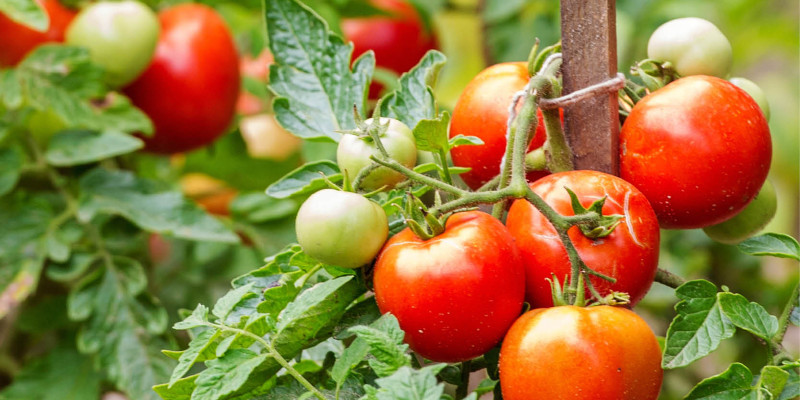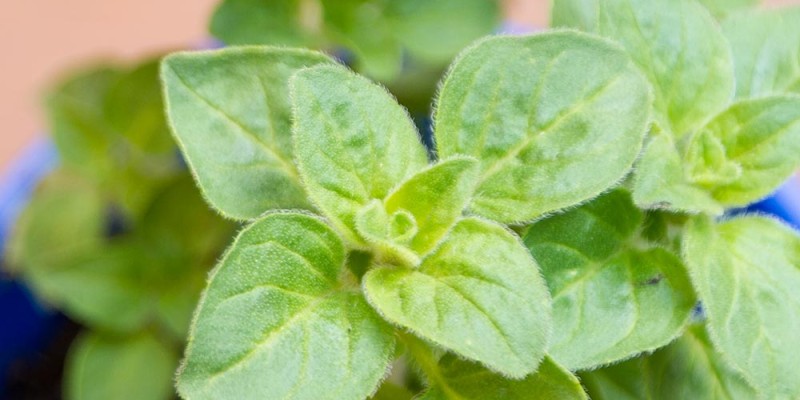If you have access to a patio, balcony or deck these small spaces are great for container gardening.
Although I have a larger garden I like having crops we use more often close at hand.
Before you get going make sure your deck gets direct sunlight for at least part of the day.
Typically the best is a deck that face South, West or East should get enough sunlight.
I started gardening in containers when I first moved to Alberta. It was a great option for me as I was renting and moved from time to time. You don’t need a whole lot of space and the planters can be made of anything that will hold the soil and can freely drain out of the bottom. I have noticed local buy and sell websites and groups often have postings for cheap or free containers that can be used.
Over the years for my birthday I have been given self-watering planters which I prefer. I have also collected a few bag containers which are great. They work well during the growing season and are very easy to store during the winter.
If your looking for a more economical way to use self-watering containers and bags you can make your own with materials such as storage totes, reusable bags and children’s pools all of which can be found at big box stores.
One of the limitations of container gardening is when the weather gets really warm they tend to dry out faster than my garden beds as their volume smaller. The benefit of self-watering containers is they have a water reserve in the bottom and can wick water up as the plants need it.
Using a wicking bed is also a great way to conserve water as it is drawn up through the soil and used by the plants there is far less evaporation on the soils surface. Add in a mulch layer and you are not only feeding the soil but conserving even more water.
In order to help the wicking process I use a combination of soilless potting mix and compost or vermicompost. Usually at a 1:1 ratio but if you’re short on compost or have to purchase it you can go down to a 3 part soilless mix 1 part compost mixture and it will do just fine.
The soilless potting mix will help wick and retain the moisture and the compost will provide the nutrient the plants need to grow.
When I have vermicompost available I add it to the mix as it adds nutrient rich castings, increases water retention and the live compost worms will continue to add beneficial organisms and plant growth hormone while braking down any mulch you have left them.
It has been my experience that the compost provides more than enough nutrients and fertilizers are generally not required throughout my growing season.
You can grow a wide variety of annuals in containers. This year on my deck I will be growing tomatoes, peas, peppers, and a variety of herbs for the kitchen including basil, cilantro, thyme and rosemary.
I like having the herbs we use more often closer to the kitchen and snacks like cherry tomatoes at hand.
Our last frost date has passed and the established plants are hardened off. I like to plant both adult plants and direct sow seeds. Having adult plants lets me harvest right away while the seeds will provide crops later in the season.
I like to plant as many different crops as I can in the containers filling every little space. A wide variety of crops using all of the available space increases harvests, reduces predation as it is usually a Polyculture and the canopy helps prevent unnecessary evaporation water loss while out competing weeds that may blow in.
I plant my tomatoes and larger plants at the back to avoid shading and take advantage of the air space over the edge of the container to add more usable space.
Containers are a great way to grow invasive plants like mint that if left alone could take over large areas in the garden. I have planted some mint as a ground cover for my honey berries and have dedicated this container completely to mint.
Many perennials also make a great container plants. This year I have added a dwarf grape vine and two fig trees to my container honey berries. These perennials are not in self-watering containers and will need the nutrients over time so I have used a compost heavy mix made of free and local resources.
These perennials will need a little more protection over the winter as there is less soil to insulate the roots. I will bring most of the more sensitive plants into the garage while the more hardy ones I will insulate with fall leaves and snow.
As I mentioned earlier you will need to make sure the containers are watered as the smaller volume of soil will dry out much quicker than say a raised bed. This leads me to an interesting question I have wanted to address for a while: does the chlorine in city water really kill soil bacteria?
I will take a look at this question next week on the next installment of Testing Garden Assumptions. A link to the playlist is below.
